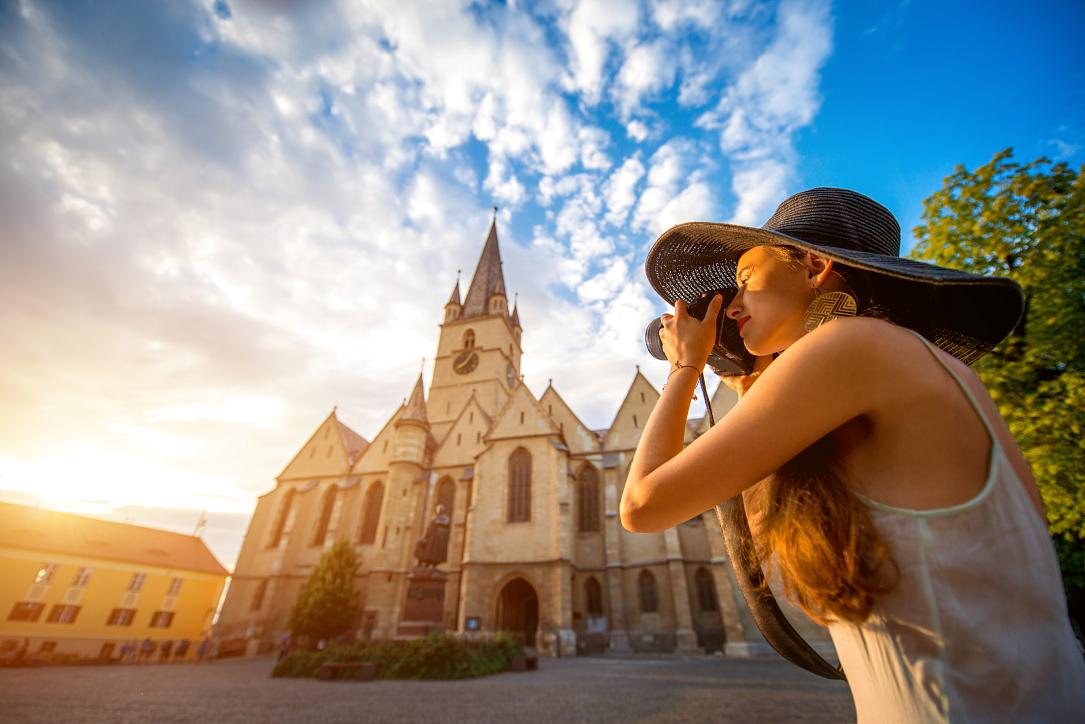Report: Romanians spend more abroad than foreign tourists in Romania



Romanians spend more as tourists abroad than foreign tourists spend in Romania, according to data quoted in the National Strategy for Tourism Development.
The Romanian government recently formulated its long-term tourism strategy. It expects revenues from international tourism to steadily increase over the next 12 years, reaching EUR 2.99 billion in 2035. The figures are included in Romania’s National Strategy for Tourism Development, recently launched for public consultation.
The document estimates that the number of international tourist arrivals will reach 2.8 million in 2025, then increase to 3.6 million in 2030, and further to 4.6 million in 2035, up from 843,000 in 2021.
According to data from the National Institute of Statistics, cited in the Strategy, in 2021, revenues from international tourism amounted to approximately EUR 400 million, a decrease of 72.5% compared to 2019. The average amount spent by a foreign tourist remained relatively constant during the 2019-2020 period but decreased by 11.5% in 2021 compared to 2019.
On the other hand, the document states that Romanians spend more as tourists abroad than foreign tourists spend in Romania. In 2021, according to data provided by the National Bank of Romania, the difference amounted to EUR 1.67 billion, representing 9.9% of Romania's balance of payments deficit.
"The growth of foreign tourist arrivals during the period (2022-2025) is forecasted at 35% per year (the post-Pandemic recovery period), and for each of the following years (2026-2035), a growth of 5% is estimated. On average, 14 tourists generate one job in Romania. This ratio was respected in estimating workforce growth,” the document states, cited by Agerpres.
According to the analysis that underpins the strategy, the average length of stay in 2021 was 2.2 days, both for international arrivals and domestic tourists. "Such a short duration indicates that Romania has an acute need to develop its services and products to allow tourists to spend more time at the destination and thus significantly contribute to the economy. The average length of stay has been in lowering in the last decade. This regression is driven by changes in consumer behavior, as more and more Romanians spend longer vacations abroad and shorter ones in the country,” the document further adds.
The authors of the Strategy argue that Romania should focus on four main segments to continue attracting higher spending from foreign tourists and to increase their average length of stay in Romania. These segments include Cultural Heritage, Cultural and Historical Tourism (along with gastronomy), Nature and Adventure, including ecotourism and rural tourism, Health, and Wellness, with a focus on Romania's rich spa resources, and MICE (Meetings, Incentives, Conferences, Exhibitions) - meetings, incentives, conferences, exhibitions tourism.
(Photo source: Rosshelen | Dreamstime.com)